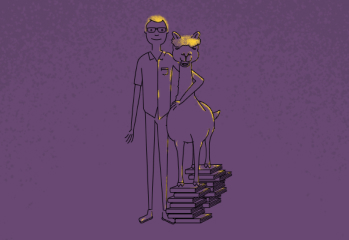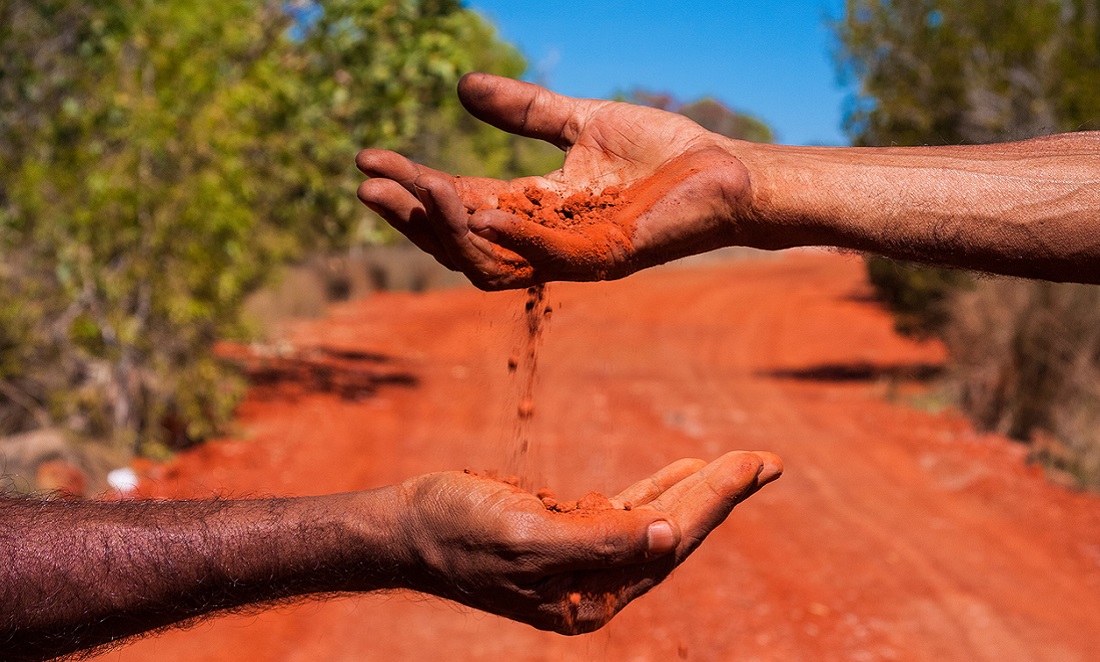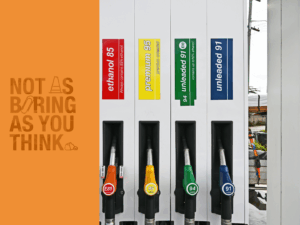Language – we’re constantly immersed in it – but how often do we stop to think about how important it is? From connecting to others to making sense of our world, language helps us to shape our experiences.
Language and culture go hand in hand. Some linguists think the language we speak may even influence the way we see reality. So when UNESCO tells us that nearly a third of the world’s languages are in danger of extinction, they’re not just talking about words.
On the flip side, when we start taking an interest in another person’s words, we can find a way to connect with their culture and their world view. Luckily for us, advances in technology are providing new platforms to promote endangered language and build a more peaceful and inclusive future.
Australian Indigenous languages
Australia is a region rich with cultural and linguistic diversity. When European settlers first arrived, there were over 250 distinct Indigenous languages and many more regional dialects.
But many of these Indigenous languages and dialects did not survive. The majority of those that did are still vulnerable. The Endangered Languages Project has identified over 300 endangered Australian dialects.
The Endangered Languages Project has identified over 300 endangered Australian dialects.
A danger for non-Indigenous Australians is to forget about or dismiss these languages as irrelevant. Ngarluma storyteller and entrepreneur Tyson Mowarin wants Australians to know that’s not true.
“Aboriginal culture and heritage is very inclusive, and it’s still alive,” he says. “People talk about the Dreamtime and our culture as a thing of the past. I always say our Dreamtime is now.”
A media-savvy Aussie making a difference
Tyson Mowarin is a 2018 Western Australia Australian of the Year nominee from Roebourne in Ngarluma country in WA’s Pilbara region. He’s pulling more than his weight in the fight for Indigenous languages. He has a vision to educate all Australians about Aboriginal language and culture through his cross-platform media company, Weerianna Street Media (WSM).
Over the phone, Tyson told me he’s always been interested in media. He says he was especially inspired by the 1993 film Exile and Kingdom.
The film was shot in and around Roebourne when he was a boy. He was impressed, he said, because “the filmmakers took the old people out onto country and documented their story”.
He studied sound and music in Perth and then got a gig as a sound guy on another documentary in Roebourne. From there, he began producing his own film projects.
When the iPhone came out in 2007 and the first apps were being developed, Tyson wanted to get on board. He saw an opportunity to develop media resources that people could access easily from a handheld device. This prompted him to create WSM, which was incorporated in 2011.
Welcome to Country
WSM is the company behind iCampfire TV, an Indigenous film repository that also features educational content on Aboriginal culture, language and country.
Tyson has also produced an app for iPhone called Welcome to Country. The app uses GPS information to show you which group’s land you are on, some information about the land and culture and appropriate protocols for greeting people. The short welcome video features a local Indigenous person speaking the local language.
Tyson says he created the app as an educational app for all of Australia, not just Aboriginal Australia. He says this concept is sometimes hard for stakeholders and investors to accept.
“They said they’d spent their Aboriginal funding for the year,” he said of a conversation with a potential funding partner.
“I told them … it’s not just an Aboriginal app, it’s an Australian app. I’m educating everybody.”
He wants all Australians to have a basic knowledge and respect for the Indigenous culture of the place they are in. I, for example, was born on Whadjuk country. “That gives you a bit of an identity and some way to relate to other people from Whadjuk country,” Tyson told me.
THE POTENTIAL OF Tech
Tyson is not alone in his quest for Indigenous language and culture preservation through technology. Australia has plenty of simple online resources like AUSTLANG and a digitised Noongar dictionary.
Then there is the plethora of high-quality Indigenous language films and digital stories, awareness and learning websites and culture and language apps.
Video games are another powerful way to transmit Indigenous language and knowledge to the younger generation. The WA game Tjinari teaches words and stories from the Nganyatjarra language in the Western Desert.
Inviting Australia to share in Indigenous Language and culture
Digital resources like these are about more than just language preservation or gaining acceptance. As Tyson puts it, “We don’t need anybody’s acceptance. We’re fine as we are.”
At their best, they are about connecting people. Tyson envisages a world where both Indigenous and non-Indigenous Australians could find identity, connection and respect.
“If we knew we were related somehow, maybe through a simple little Welcome to Country app, maybe there would be less ignorance and more communication.”









